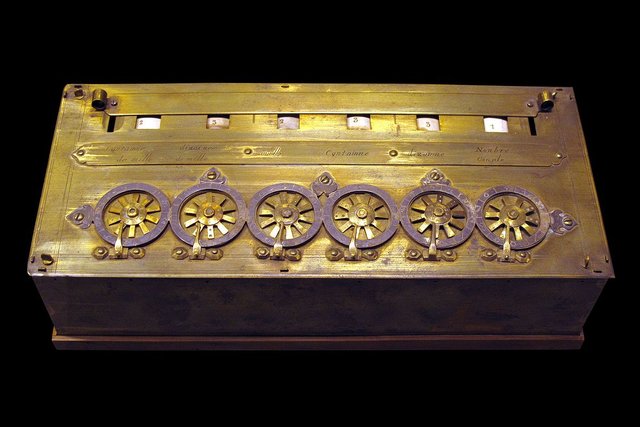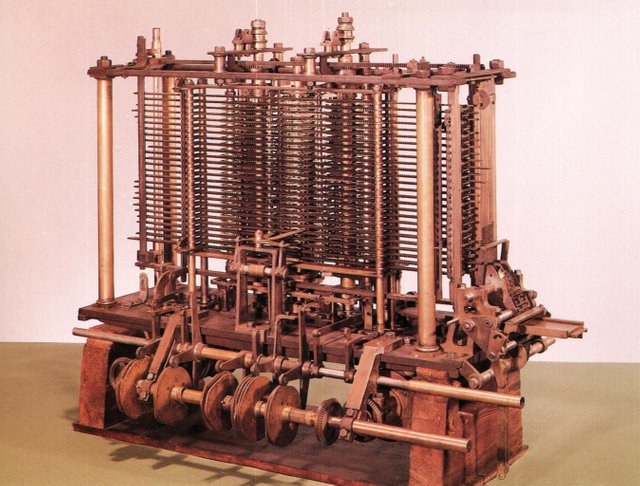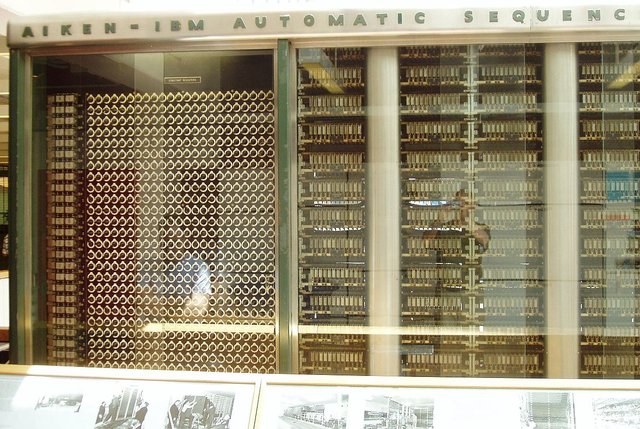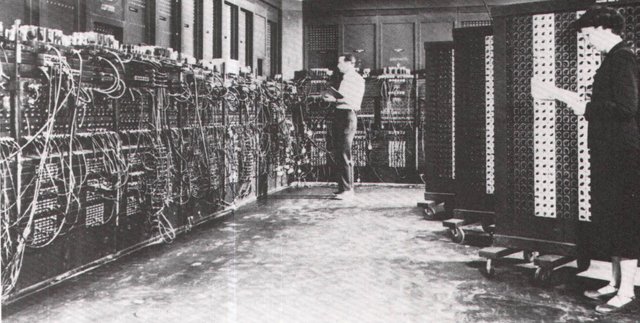The creators of Computer Science
Tomorrow I am writing one of my Computer Science modules and whilst studying I came across these:
Mechanical machines ( this was before 1930)
Blaise Pascal
Pascal invented the Pascaline which essentially was a mechanical calculator used for basic subtraction and addition. This was during the 17th century. In the 1900's, Niklaus Writh developed a structured programming language which he named Pascal.

Gottfried Leibni(t)z
Gottfried was a mathematician who in the late seventeenth-century created a machine that could do multiplication and division as well as adding and subtracting. It was called the Leibniz-Wheel (aka: a more sophisticated mechanical calculator.)
Charles Babbage
Before 1823, arithmetic operations could not be performed by machines. After 1823 thanks to Charles , who invented the Difference Engine, simple arithmetic operations could be done.

He was also the inventor of the Analytical Engine which run on the same concept of modern day computers. It had a ALU, memory with both a control unit and output.
Electronic Machines (after 1930)
ABC
In 1939 John V. Atanasoff and Clifford Berry created the ABC ( Atanasoff Berry Computer) to specifically solve linear equations.

They worked on the computer from 1939 until 1942 when it was abandoned due to WWII. Although it still needed some work, it was completely functional.
The ABC machine was different because it was the first to use capacitors as storage and in contrast to its size, it could perform 30 operations simultaneously. The idea of ABC was later on used in the development of ENIAC.
Mark I
The US Navy and IBM sponsored a project at Harvard University. This project was run by Howard Aiken. The first program to run on the Mark I was created by John von Neumann ( the creator of the von Neumann model )
John von Neumann needed to determine whether implosion was a viable choice to detonate the atomic bomb that would be used a year later. The Mark I also computed and printed mathematical tables, which had been the initial goal of British inventor Charles Babbage for his "analytical engine".

It is amazing to think how all these inventors and their ideas tied in together.
Eniac
Electronic Numerical Integrator and Calculator. The very first general purpose computer which had no mechanical parts was made by John Mauchly and J. Presper Eckert.

This wonderful piece of machinery used 18,000 vacuum tubes to operate and it weighs in at 10 tons.
Although ENIAC was designed and primarily used to calculate artillery firing tables for the United States Army's Ballistic Research Laboratory,[5][6] its first programs included a study of the feasibility of the thermonuclear weapon.[7]
For more information go check out this post I read today. The forgotten programmers of ENIAC
It is amazing to see how much technology has developed and grown. It is important that we never forget where it came from and how these people helped shape the world as we know it. Without them we might have never even have computers
Sources:
http://www4.ncsu.edu/~belail/The_Introduction_of_Electronic_Computing/Atanasoff-Berry_Computer.htmlhttps://en.wikipedia.org/wiki/Harvard_Mark_I
https://en.wikipedia.org/wiki/John_von_Neumann
https://en.wikipedia.org/wiki/ENIAC
Foundations Of Computer Science - Third Edition by Behrouz Forouzan

sorry I need to contact another to check on you
I came over via Steem is Beautiful. SiB is a project helping new steemers. I suggest you network more after each posts which would help get steemers up to your latest posts. UPvote great posts and leave interesting comments as this will give your rewards/reputation/recognition. You have more than most steemians and that's great content. Upvotes and following. I will visit several other posts. Thank you for supporting the new members and Steem is Beautiful.
Thank you , I appreciate you taking time to view my post and leaving comments. I try to leave interesting comments and interacting but it is going slow as Whales and others are not really into follow minnows